LINKS: https://www.wired.com/story/openai-buy-ai-chips-startup-sam-…i/https:/.…
Category: computing – Page 246
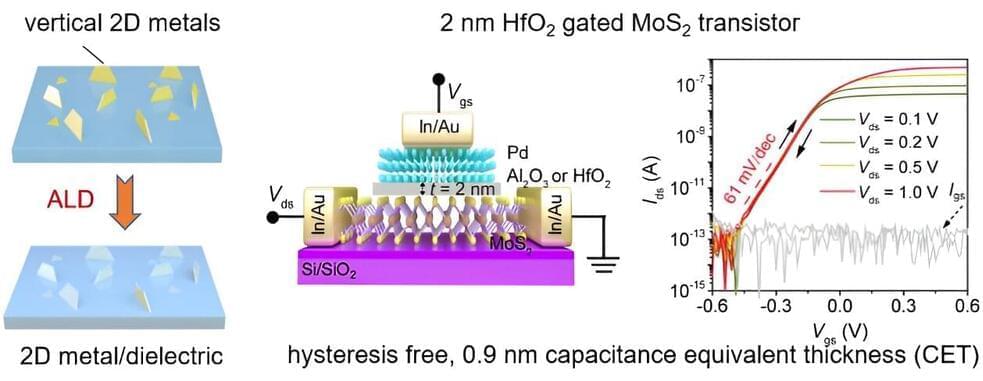
A strategy to synthesize fin-like metal nanosheets for 2D transistors
The effective integration of extremely thin insulating layers with two-dimensional (2D) semiconductors could enable the fabrication of 2D transistors with an electrical capacitance comparable to SiO2 with thicknesses below 1-nm. These transistors could, in turn, help to boost the performance and reduce the power consumption of electronic devices.
Researchers at Nankai University in China recently introduced a new strategy to synthesize single-crystalline metal nanosheets that could be easily transferred onto 2D substrates. This strategy, outlined in a paper in Nature Electronics, was successfully used to deposit 2-nm-thick dielectrics based on Al2O3 or HfO2 for highly performing top-gated transistors.
“At the very beginning, we aimed to developing the chemical vapor deposition (CVD) synthetic strategy of 2D Cu2O, which is a p-type high-mobility 2D semiconductor,” Jinxiong Wu, corresponding author of the paper, told Tech Xplore.
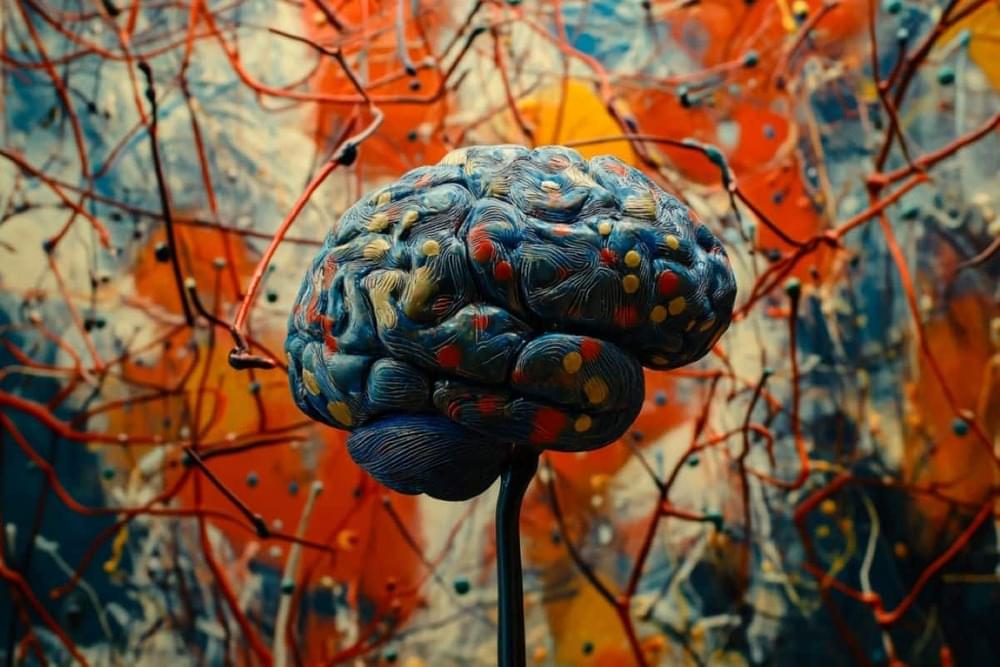
How Your Brain Remembers: How Episodic Memories Form
Summary: Researchers developed a computer model that mimics how the hippocampus stores new episodic memories without erasing old ones. This model demonstrates that the CA3 region of the hippocampus serves as an anchor point for memories, allowing efficient storage in surrounding regions.
The findings reveal insights into how the brain organizes personal experiences and maintains stability despite constant updates. The model shows promise for enhancing our understanding of memory retention and cognitive processing.

Researchers trap atoms, force them to serve as photonic transistors
This could be the road to quantum computation.
“In contrast, solid-state emitters embedded in a photonic circuit are hardly ‘the same’ due to slightly different surroundings influencing each emitter. It is much harder for many solid-state emitters to build up phase coherence and collectively interact with photons like cold atoms. We could use cold atoms trapped on the circuit to study new collective effects,” Hung continues.
The platform demonstrated in this research could provide a photonic link for future distributed quantum computing based on neutral atoms. It could also serve as a new experimental platform for studying collective light-matter interactions and for synthesizing quantum degenerate trapped gases or ultracold molecules.
“Unlike electronic transistors used in daily life, our atom-coupled integrated photonic circuit obeys the principles of quantum superposition,” explains Hung. “This allows us to manipulate and store quantum information in trapped atoms, which are quantum bits known as qubits. Our circuit may also efficiently transfer stored quantum information into photons that could ‘fly’ through the photonic wire and a fiber network to communicate with other atom-coupled integrated circuits or atom-photon interfaces. Our research demonstrates a potential to build a quantum network based on cold-atom integrated nanophotonic circuits.”
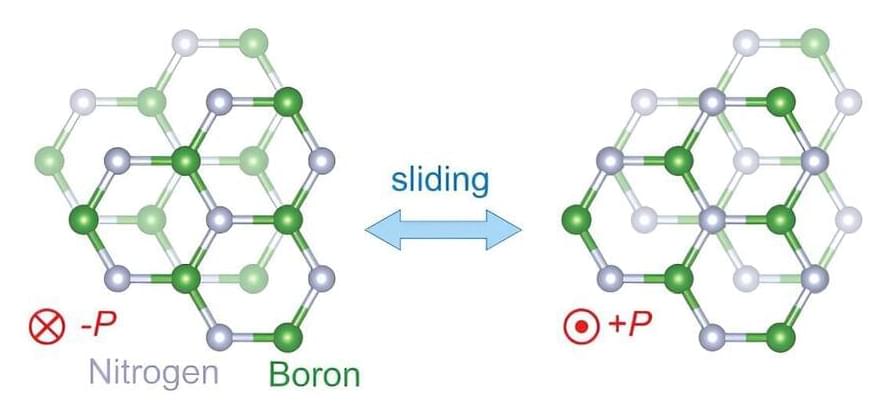
New transistor’s superlative properties could have broad electronics applications
In 2021, a team led by MIT physicists reported creating a new ultrathin ferroelectric material, or one where positive and negative charges separate into different layers. At the time, they noted the material’s potential for applications in computer memory and much more. Now the same core team and colleagues—including two from the lab next door—have built a transistor with that material and shown that its properties are so useful that it could change the world of electronics.
Although the team’s results are based on a single transistor in the lab, “in several aspects its properties already meet or exceed industry standards” for the ferroelectric transistors produced today, says Pablo Jarillo-Herrero, the Cecil and Ida Green Professor of Physics, who led the work with professor of physics Raymond Ashoori. Both are also affiliated with the Materials Research Laboratory.
“In my lab we primarily do fundamental physics. This is one of the first, and perhaps most dramatic, examples of how very basic science has led to something that could have a major impact on applications,” Jarillo-Herrero says.
Are Dyson Spheres Actually Possible?
Use code coolworlds at https://incogni.com/coolworlds to get an exclusive 60% off an annual Incogni plan. The idea of Dyson Spheres was a radical proposal by the physicist Freeman Dyson, an enormous shell of material enveloping a star. Dyson’s idea may be over half a century old, but interest in looking for such objects has only grown in the decades since. But how would such structures work? Are they physically even possible? And what might someone use them for? Today, we dive into the physics of Dyson spheres. Written & presented by Prof. David Kipping. Edited by Jorge Casas. Special thanks to Jason Wright for fact checking. → Support our research: https://www.coolworldslab.com/support → Get merch: https://teespring.com/stores/cool-wor… Check out our podcast: / @coolworldspodcast THANK-YOU to T. Widdowson, D. Smith, L. Sanborn, C. Bottaccini, D. Daughaday, S. Brownlee, E. West, T. Zajonc, A. De Vaal, M. Elliott, B. Daniluk, S. Vystoropskyi, S. Lee, Z. Danielson, C. Fitzgerald, C. Souter, M. Gillette, T. Jeffcoat, J. Rockett, D. Murphree, M. Sanford, T. Donkin, A. Schoen, K. Dabrowski, R. Ramezankhani, J. Armstrong, S. Marks, B. Smith, J. Kruger, S. Applegate, E. Zahnle, N. Gebben, J. Bergman, C. Macdonald, M. Hedlund, P. Kaup, W. Evans, N. Corwin, K. Howard, L. Deacon, G. Metts, R. Provost, G. Fullwood, N. De Haan, R. Williams, E. Garland, R. Lovely, A. Cornejo, D. Compos, F. Demopoulos, G. Bylinsky, J. Werner, S. Thayer, T. Edris, F. Blood, M. O’Brien, D. Lee, J. Sargent, M. Czirr, F. Krotzer, I. Williams, J. Sattler, B. Reese, O. Shabtay, X. Yao, S. Saverys, A. Nimmerjahn, C. Seay, D. Johnson, L. Cunningham, M. Morrow, M. Campbell, B. Devermont, Y. Muheim, A. Stark, C. Caminero, P. Borisoff, A. Donovan & H. Schiff. REFERENCES ► Wright, J. 2020, “Dyson Spheres”, Serbian Astronomical Journal, 200, 1: https://arxiv.org/abs/2006.16734 ► Dyson, F. 1960, “Search for Artificial Stellar Sources of Infrared Radiation”, Science, 131, 1667: https://ui.adsabs.harvard.edu/abs/196… ► Dyson, F. 1960, Science, 132,250 ► NASA IRB JWST Report 2018: https://www.nasa.gov/wp-content/uploa… ► Papagiannis, M. D. 1985, “SETI — a look into the future.”, The search for extraterrestrial life: recent development, 543: https://ui.adsabs.harvard.edu/abs/198… ► Scoggins, M. & Kipping, D. 2023, “Lazarus stars: numerical investigations of stellar evolution with star-lifting as a life extension strategy”, MNRAS, 523, 3251: https://arxiv.org/abs/2210.02338 MUSIC Licensed by SoundStripe.com (SS) [shorturl.at/ptBHI], Artlist.io, via CC Attribution License (https://creativecommons.org/licenses/…) or with permission from the artist. 0:34 Tamuz Dekel — Quiet Pull 3:05 We Dream of Eden — Discovery 4:23 Hill — World of Wonder [https://open.spotify.com/track/7kYX7G… ] 6:28 Chris Zabriskie — Music from Neptune Flux 4 8:59 Hill — Arctic Warmth 11:54 Hill — Northern Borders 15:13 Hill — Fragile 17:45 Indive — Trace Correction CHAPTERS 0:00 Prologue 0:39 Inception 3:11 Incogni 4:27 Mechanical Stability 8:31 Gravitational Stability 11:08 Stellar Feedback 13:42 Computational Limits 16:23 Rings and Swarms 17:45 Outro and Credits #DysonSphere #Astronomy #CoolWorlds
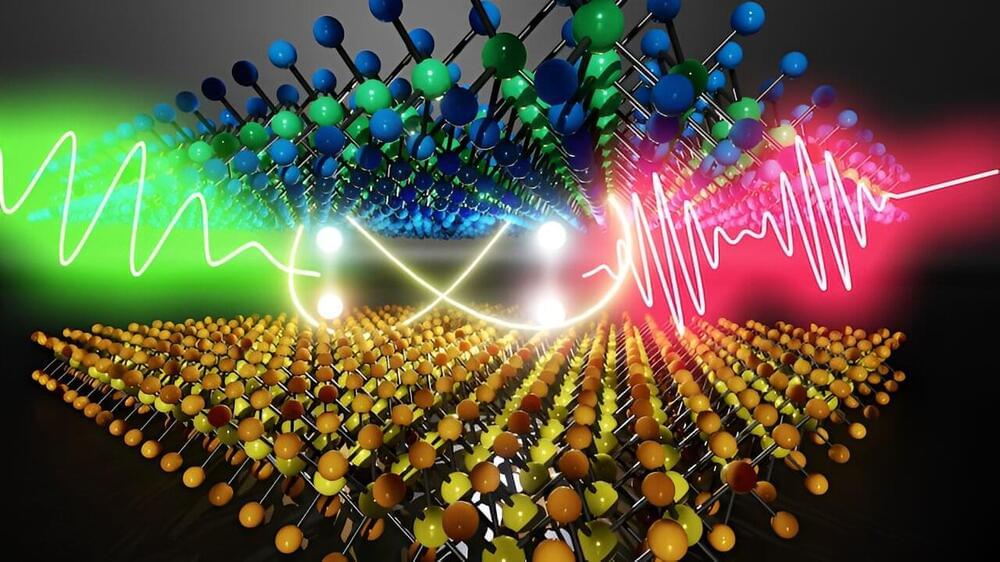

Quantum Computers Need a Quantum Internet: Here’s Why
Research on quantum internet technology highlights the challenge of producing stable photons at telecom wavelengths, with recent studies focusing on material improvements and advanced emission techniques to enhance quantum network efficiency.
Computers benefit greatly from being connected to the internet, so we might ask: What good is a quantum computer without a quantum internet?
The secret to our modern internet is the ability for data to remain intact while traveling over long distances, and the best way to achieve that is by using photons. Photons are single units (“quanta”) of light. Unlike other quantum particles, photons interact very weakly with their environment. That stability also makes them extremely appealing for carrying quantum information over long distances, a process that requires maintaining a delicate state of entanglement for an extended period of time. Such photons can be generated in a variety of ways. One possible method involves using atomic-scale imperfections (quantum defects) in crystals to generate single photons in a well-defined quantum state.
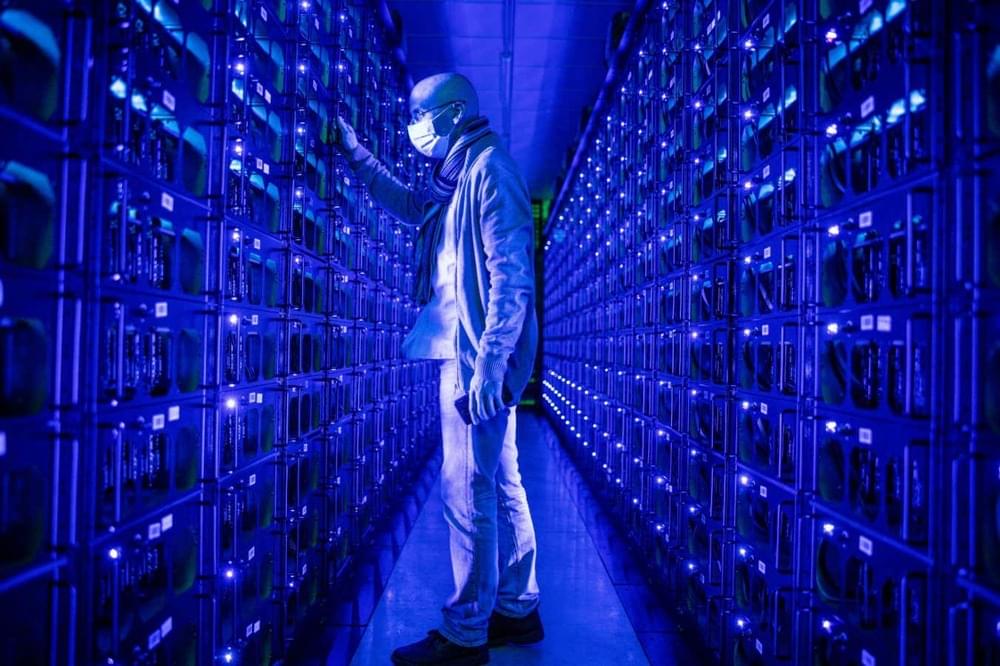
Quantum computers could slash the energy use of cryptocurrencies
Mining cryptocurrencies like bitcoin could be done using quantum computers, cutting their electricity use by 90 per cent.
By Alex Wilkins
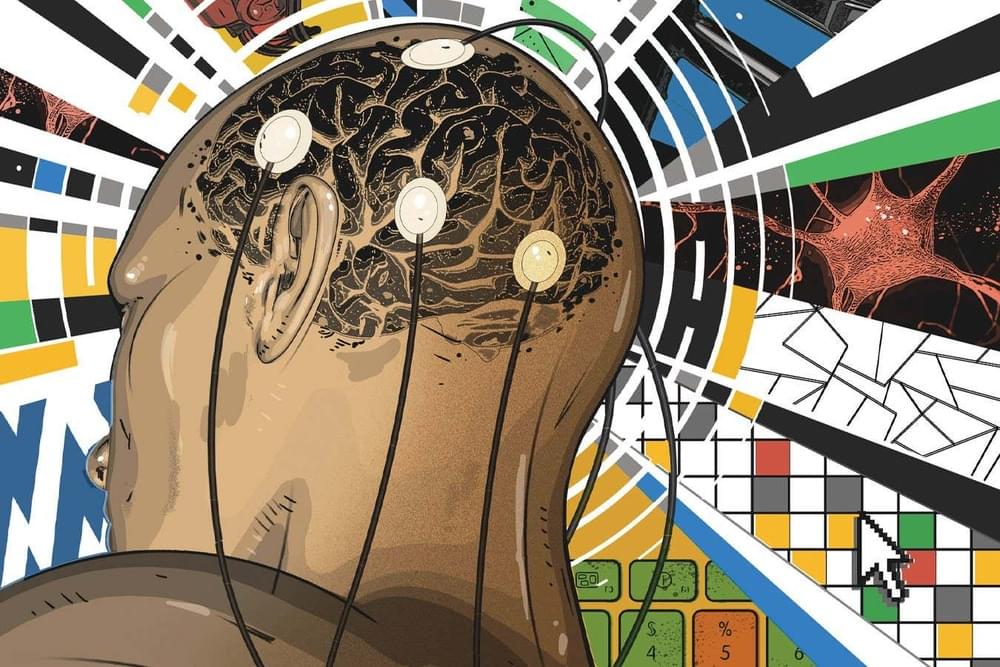
Will implants that meld minds with machines enhance human abilities?
Brain computer interface will have to be significantly more advanced before there’s an enhancement of cognitive abilities.
Devices that let people with paralysis walk and talk are rapidly improving. Some see a future in which we alter memories and download skills – but major challenges remain.